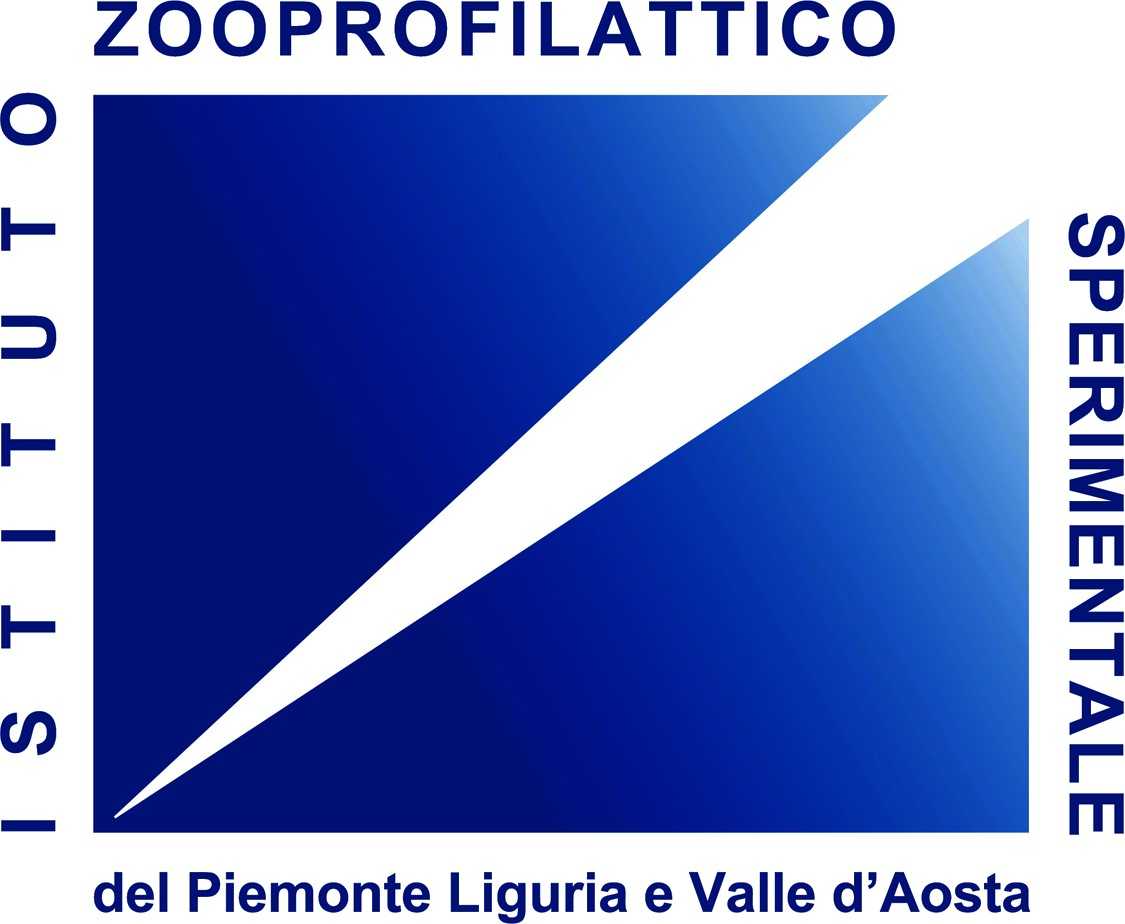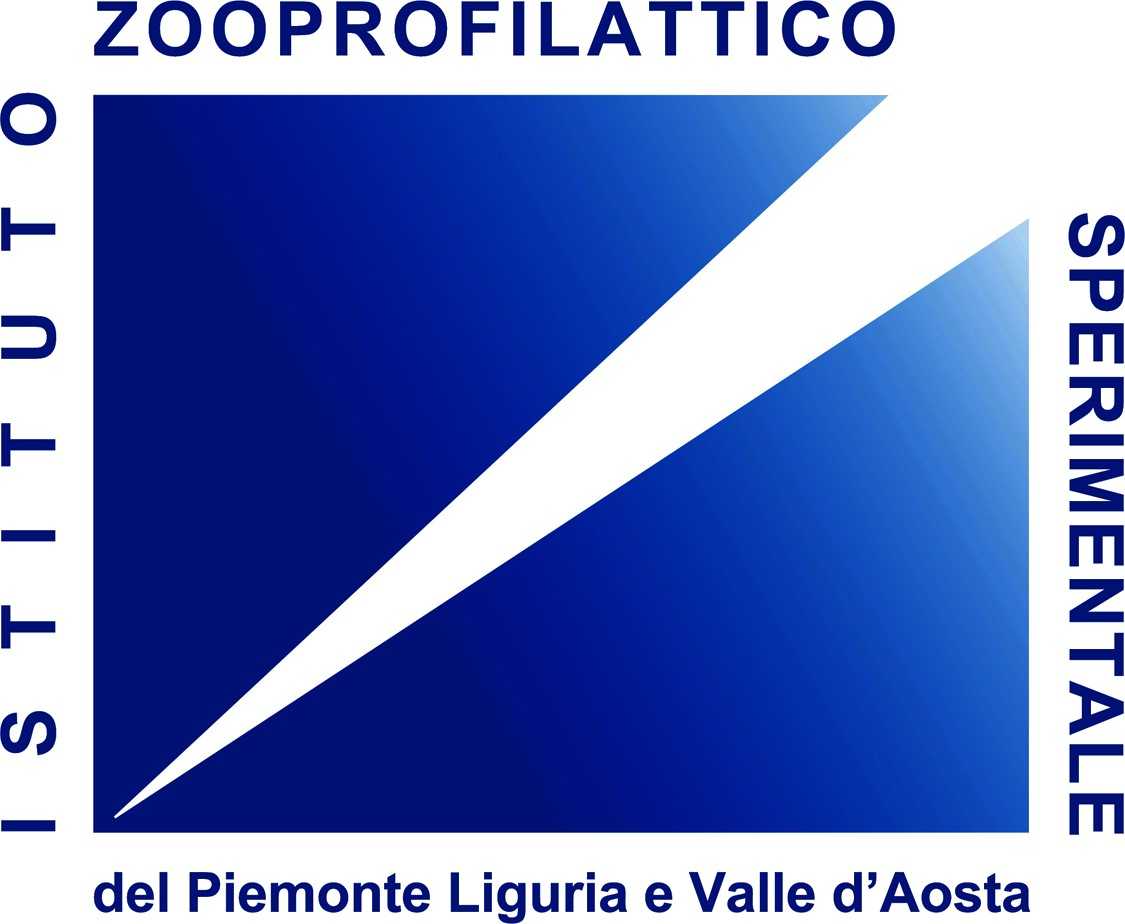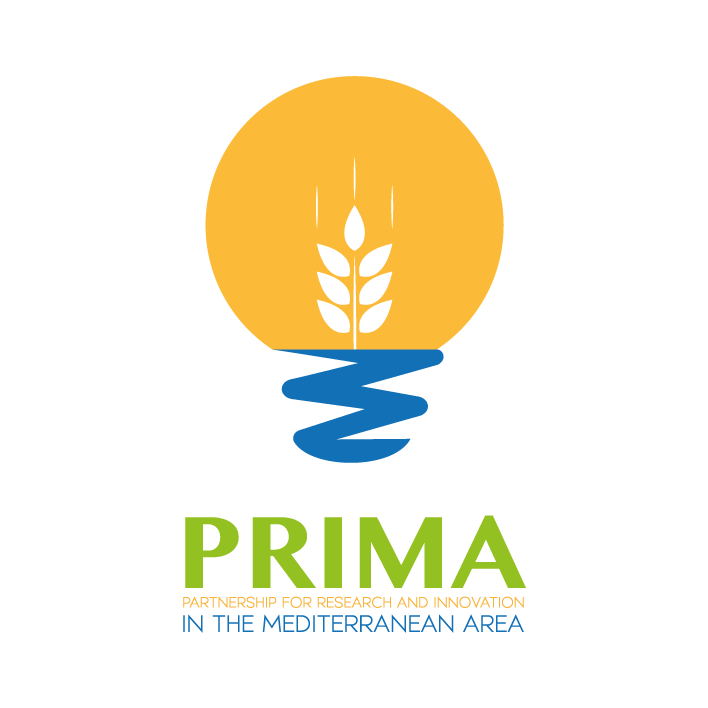In addition to its role as fish and human pathogen, L. garvieae has been isolated from different foods, like milk and dairy products, vegetables, meat and meat products, or cereals (Gibello et al., 2016). In particular, L. garvieae is considered a component of the natural occurring microbiota in dairy products from raw milk of different ruminants (Foschino et al., 2008; Jokovic et al., 2008), and some strains seem to have an important role during ripening and have been implicated in the organoleptic characteristics of some artisan cheeses (Alegría et al., 2009). Moreover, some specific L. garvieae strains exhibit inhibitory activities against different pathogenic bacteria and may be used as potential probiotics (Delpech et al., 2015; Zhang et al., 2015; Callon et al., 2016). All this has focused the interest on the last years of the food industry. Most of the L. garvieae strains from foods are not pathogenic and do not represent a health hazard, but ingestion of contaminated raw fish and seafood is considered a relevant source of human infection (Aubin et al., 2011; Chan et al., 2011; Tsur et al., 2015; González-Bravo et al., 2021). In fact, about half of reported cases of human infections had documented exposures to raw fish. The role of fish and seafood in the transmission of L. garvieae to humans is mainly inferred on the data from clinical histories of patients, as most of L. garvieae isolates from human infections are not further studied from a genetic and epidemiological point of view. A clear genetic relationship between a human infection by L. garvieae and the consumption of a contaminated food was confirmed once, demonstrating that the isolates from the patient and the squid muscle obtained from the restaurant where the patient consumed the squid had undistinguishable pulsotypes (Wang et al., 2007; Tesay et al., 2012). MLST analysis of human L. garvieae isolates and isolates obtained from different foods revealed that several genotypes detected in clinical isolates involved in human infections were also found in fish, but also in meat and dairy isolates (Reguera-Brito et al., 2016). Isolates of some of these genotypes were obtained from patients and foods of different countries. These data open the possibility that other foods, in addition to fish and seafood, could be implicated in the transmission of L. garvieae to humans. Nevertheless, the epidemiological evidence to support the transmission of L. garvieae between food and humans is still limited and the status of L. garvieae as food-borne pathogen should be considered with caution.
References are available upon request





